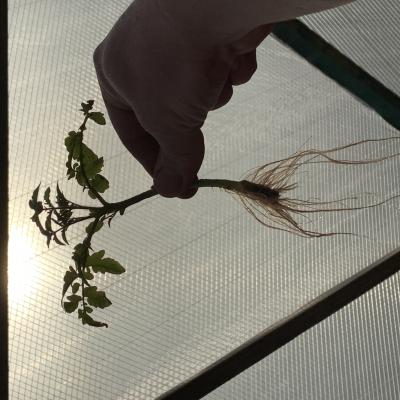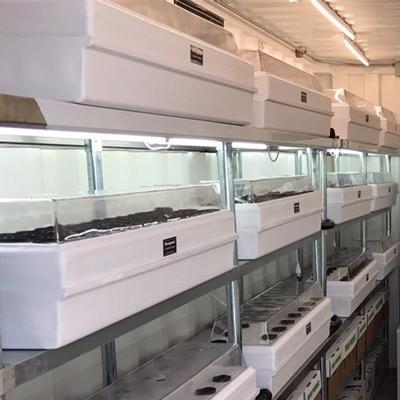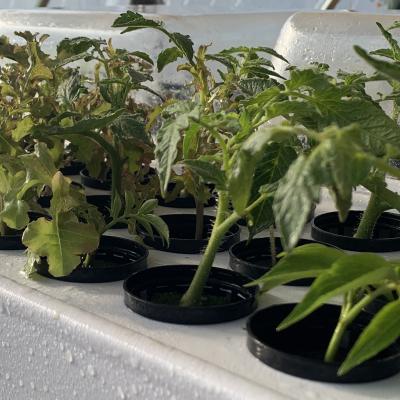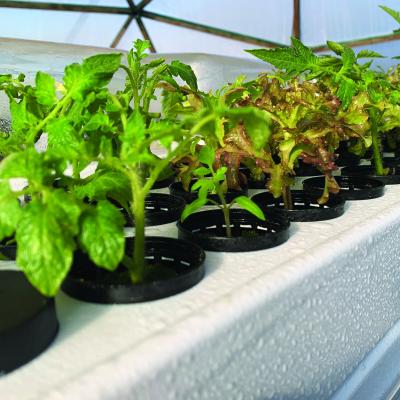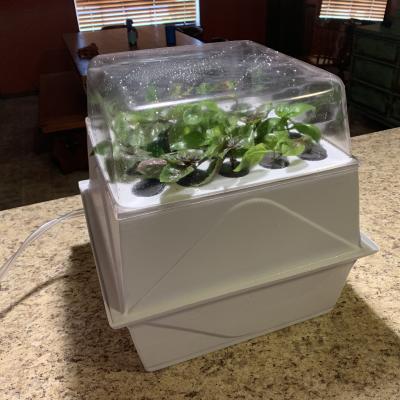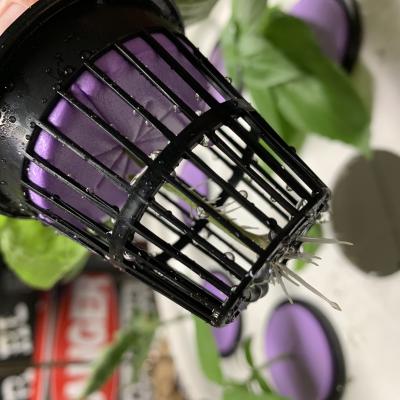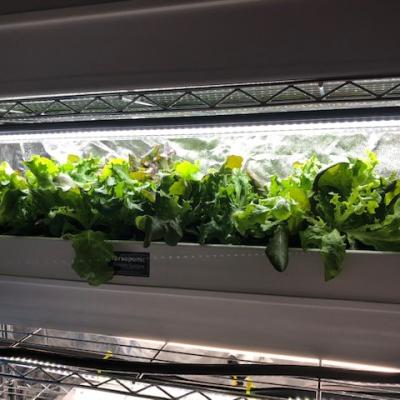In the quest for a greener, more sustainable lifestyle, we often overlook the small, simple changes that can have a significant impact. One such change is creating your very own indoor herb garden. In this article, we'll guide you through the basics of setting up a compact herb garden, emphasizing the role of herbs in enhancing the flavors of everyday meals, and explaining how even minor adjustments to daily habits can contribute to a greener lifestyle.
The Magic of Herbs: More Than Just Flavor
Herbs are nature's flavor enhancers, transforming ordinary meals into extraordinary culinary experiences. However, their role extends far beyond taste:
-
Nutritional Powerhouses: Herbs are packed with vitamins, minerals, and antioxidants that contribute to a balanced diet and overall well-being.
-
Health Benefits: Many herbs possess medicinal properties and have been used for centuries to alleviate various ailments.
-
Reduced Food Waste: Fresh herbs can breathe life into leftovers, allowing you to repurpose meals and minimize food waste.
-
Environmental Impact: By growing your own herbs, you reduce the need for store-bought herbs that may be transported over long distances and packaged in plastic.
Setting Up Your Indoor Herb Garden
Starting your own indoor herb garden is simpler than you might think. Here's how to get started:
-
Selecting Herbs: Choose herbs that you regularly use in your cooking. Basil, rosemary, thyme, and mint are popular choices. You can start with just one or two herbs.
-
Containers: Opt for small, well-draining containers or pots with proper drainage holes. Use a good-quality potting mix.
-
Location: Place your herb garden in a well-lit area, preferably near a sunny window. Herbs thrive in bright, indirect light.
-
Watering: Herbs prefer slightly moist soil. Water when the top inch of the soil feels dry to the touch.
-
Pruning: Regularly prune your herbs to encourage growth and maintain their shape. Use the pruned leaves in your cooking.
-
Harvesting: When your herbs have grown sufficiently, don't be shy about harvesting. Frequent pruning ensures a continuous supply.
Small Steps, Big Impact
The journey toward a greener lifestyle starts with small, mindful changes. Here are a few ways your indoor herb garden contributes to a more sustainable life:
-
Less Packaging: When you grow your own herbs, you reduce the need for herbs in plastic packaging. This reduces your plastic waste and carbon footprint.
-
Reduction of Food Miles: Store-bought herbs often travel long distances to reach your kitchen. Homegrown herbs mean fewer food miles and less energy consumption.
-
Minimal Food Waste: Fresh herbs can bring leftovers to life. You can add them to soups, salads, and other dishes, reducing food waste.
-
Education: Growing herbs at home is an educational experience for you and your family. It fosters a deeper appreciation for the environment and a connection to nature.
In conclusion, starting your indoor herb garden is a small but impactful step toward a greener lifestyle. Herbs offer not only enhanced flavors but also numerous health benefits, reduced environmental impact, and a closer connection to the food you eat. By embracing these small changes, you embark on a journey that not only enriches your culinary experiences but also contributes to a more sustainable and eco-friendly way of life.

